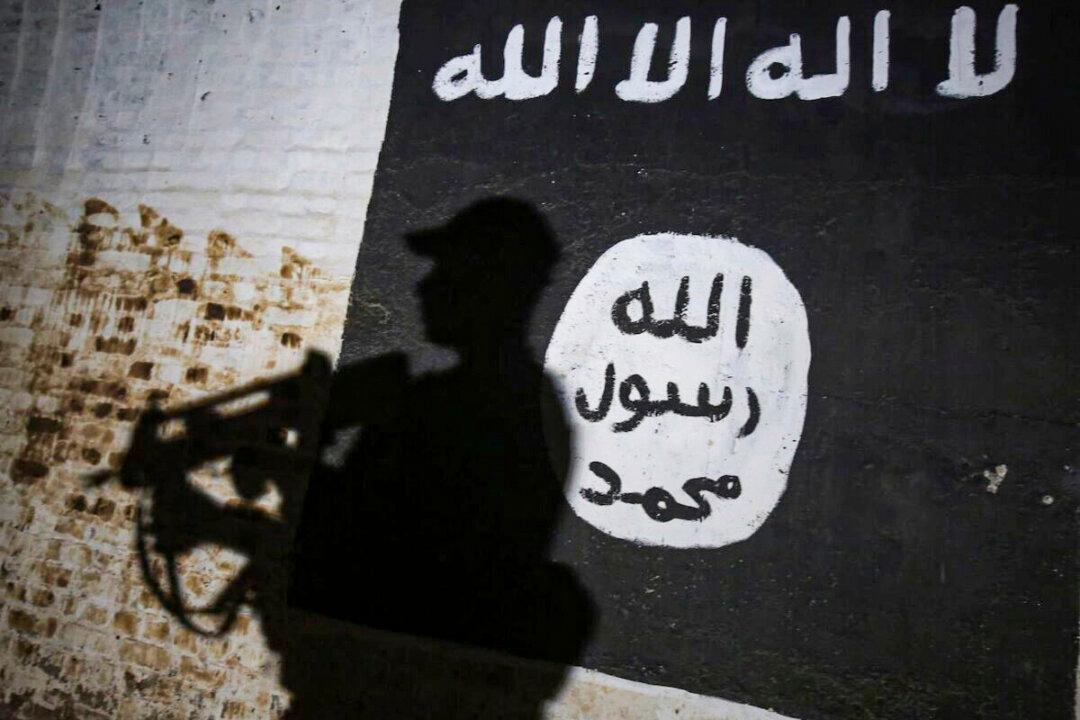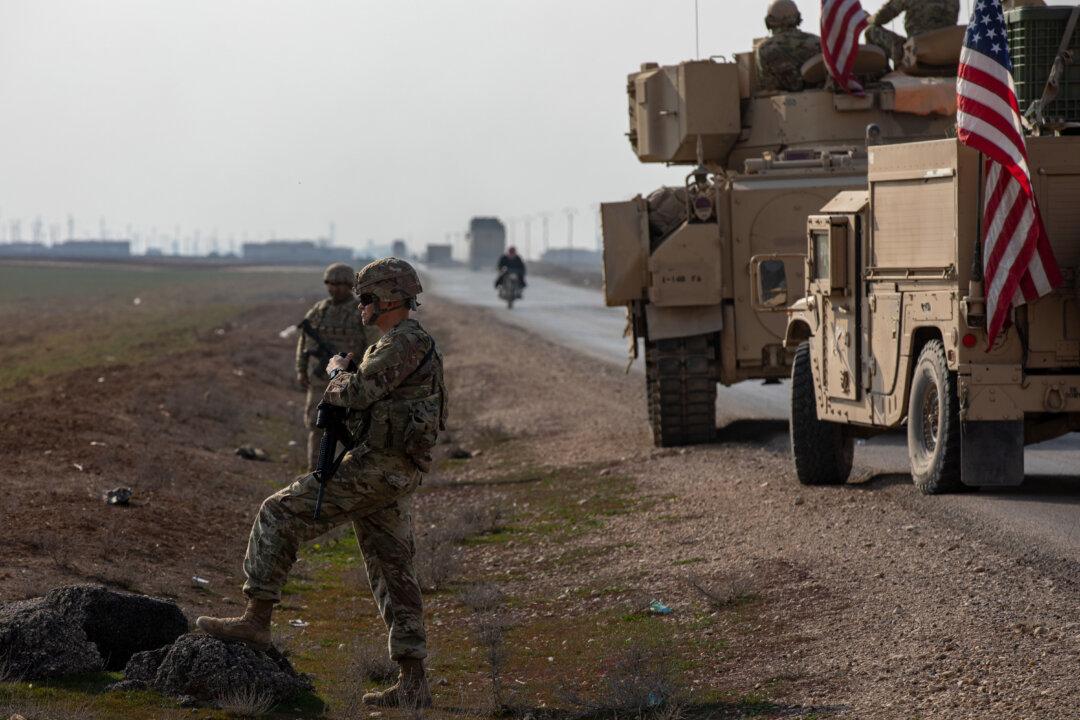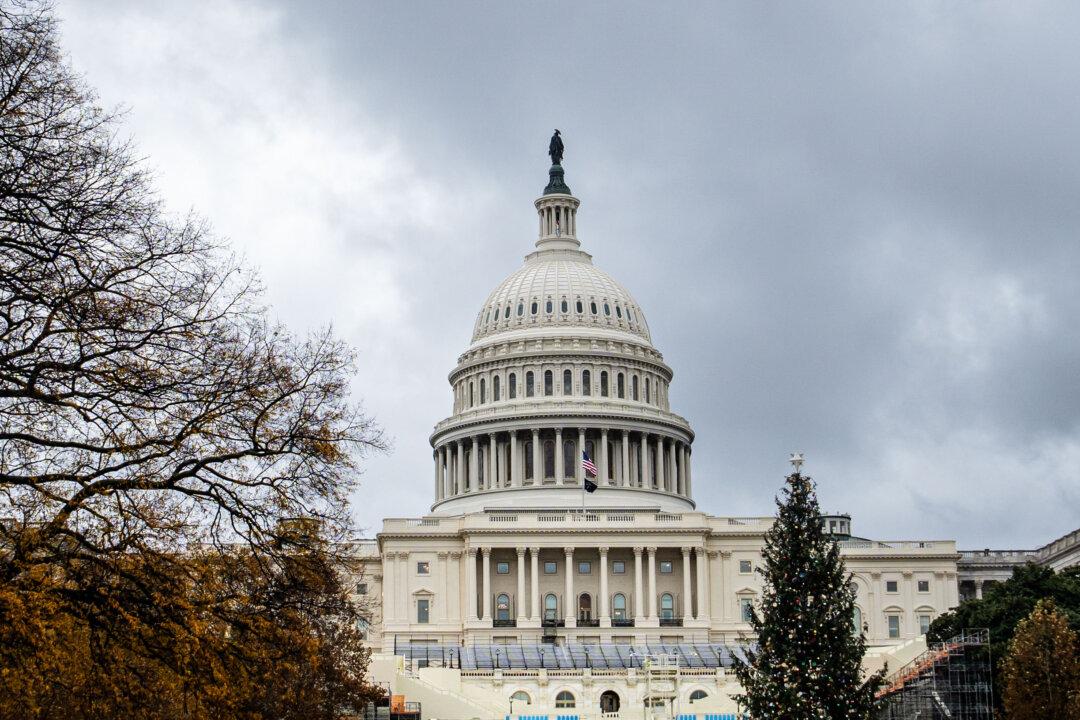The aircraft carrier USS Theodore Roosevelt is returning to the Indo-Pacific following a weeks-long extension of its Middle East deployment, Pentagon press secretary Maj. Gen. Pat Ryder announced on Sep. 12.
“The Theodore Roosevelt has departed and has begun its transit into the Indo-Pacific command area of operations,” Ryder said.
“We remain intensely focused on working with regional partners to deescalate tensions and deter a wider regional conflict [in the Middle East].”
The second aircraft carrier USS Abraham Lincoln and the guided-missile submarine USS Georgia, both deployed from the Indo-Pacific region to the Middle East last month, remain in the theater.
Another carrier strike group, an amphibious group, a Marine expeditionary unit, and several destroyers and fighter aircraft remain in the region to respond to emerging threats stemming from the Israel–Hamas war, Ryder added.
The USS Theodore Roosevelt has been deployed for about nine months, having had its initial visit extended in August because of tensions in the Middle East that included threats against Israel by Iran and Hezbollah in Lebanon.
The extended deployment made it the second time the United States has had two aircraft carriers stationed in the region simultaneously since the Israel–Hamas war began. It remains unclear whether the Pentagon has plans to send another carrier in the Roosevelt’s place.
Ryder declined to comment on whether the Roosevelt was headed back to its home port in San Diego, saying only that it was en route to the Indo-Pacific area of responsibility.
Ryder did not specify when asked whether the departure of the Roosevelt signaled that Washington believed the threat from Iran was decreasing and the military remained prepared to tackle emerging threats from the Islamist power.
“Iran has indicated that they want to retaliate against Israel and so we’re going to take that threat very seriously and we’re going to continue to maintain a robust presence,” Ryder said.
Fears of a large-scale attack by Iran or its proxies have grown in the past month and a half, following the assassinations of Hamas political leader Ismail Haniyeh in Tehran and of Hezbollah military commander Fuad Shukr in Beirut in July.
Shukr was killed in an Israeli air strike and Haniyeh by an explosive.
Anticipation of a major retaliation by Iran or its proxies led the United States to extend the Roosevelt’s deployment.
The departure of the aircraft carrier comes at a time of uncertainty concerning the war in Gaza, as frustration with cease-fire talks between Israel and Hamas has come to a head.
A senior White House official said last week that negotiations for a cease-fire and prisoner exchange had stalled because of Hamas’s execution of six Israeli hostages and several attempts to issue new demands.
Ryder said the United States remained committed to securing a cease-fire “as part of a hostage deal to bring all of the hostages home and to end the war in Gaza.”







